Idea Factory announced otome visual novels Jyuzaengi: Engetsu Sangokuden 1 & 2 are delayed to September 22 for Switch in Japan.
Jyuzaengi: Engetsu Sangokuden 1 & 2 were delayed due to “various circumstances” according to Idea Factory. Originally, the visual novel bundle was planned to release on August 25.
Check out the brand-new trailer below:
Lastly, read up about each visual novel below:
Jyuzaengi: Engetsu Sangokuden (VNDB)
Set near the end of the Han Dynasty, the Han reign is now plagued by corruption, hardship and unrest—including the rebellion movement by the Yellow Turban rebels. Far away from human conflict is an isolated community of Maozoku living deep in the mountains, whom are said to be the descendants of a youkai, Kinme, which raged the lands years ago. As a result, they’re shunned and discriminated by humans and given the derogatory name “Jyuza” which makes a reference to the cats being the 13th animal left out of the 12 zodiac signs—despicable creatures left out by humans, animals, and the world alike.
Among the Maozoku lives Kan U, a half-human and half-Maozoku and strives to do her best to make up for her origins. She’s now a reliable pillar of support and everyone only wishes to continue to live peacefully—that is till the day Sou Sou, an ambitious general, leads his army into their hidden village on a search for the Yellow Turban rebels. Accused of hiding the rebels, they have little choice but to be pulled into an unreasonable agreement to fight for him and defeat the rebels in order to prove their innocence.
Hence, Kan U and the Maozoku are thrown into an era of conflict, and this sets the stage for Jyuzaengi‘s Three Kingdoms story.
Jyuzaengi: Engetsu Sangokuden 2 (VNDB)
Late in the Han Dynasty of China…
During the turbulent times brought on by the cunning and wicked Sousou, the “Maozoku” (cat race) were removed from their hidden village. They’re a race with with the body of a human and ears of a beast, said to be descendants of the cat-shaped youkai known as the “Kinme (golden eyes)”. For this reason, the Maozoku are despised by humans. Humans are told of an old legend in which cats are an outcast of the 12 signs of the zodiac. Calling cats “Jyuza” (13th sign of the zodiac), the humans scorn them.
Having been caught in the middle of the humans’ conflicts, the curse of the Kinme that had been lying within the head of the Maozoku, Ryuubi, gets amplified. As result, Ryuubi became cruel and wicked; hijacking the Enshou Forces and attempting to use them to slaughter thousands upon thousands of humans. However, due to Kan’u and her fellow Maozoku’s life-risking efforts, they were able to stop Ryuubi. Thus, Ryuubi returned to his original form of a child, and the curtains close on the Battle of Guandu.
From then on, half a year passes.
Sousou rose in power, dominating the Heibei province with his unrelenting power. The Maozoku now live quietly deep within the mountains of Sousou’s country, in a region called Kyoto… much like old times. However, it was not to last, as Sousou razed their peaceful times because of his desire to suppress the Wuhan (proto-Mongolic nomadic people). Taking advantage of Sousou’s absence, the humans of Kyoto rebelled and brutalised the Maozoku. The Maozoku continued to be on the receiving end of the humans’ irrational acts of violence. Unable to retaliate, they were chased out of their village.
In the time of upheaval, the wheels of fate of the Maozoku and the humans were sure to circle once again…

